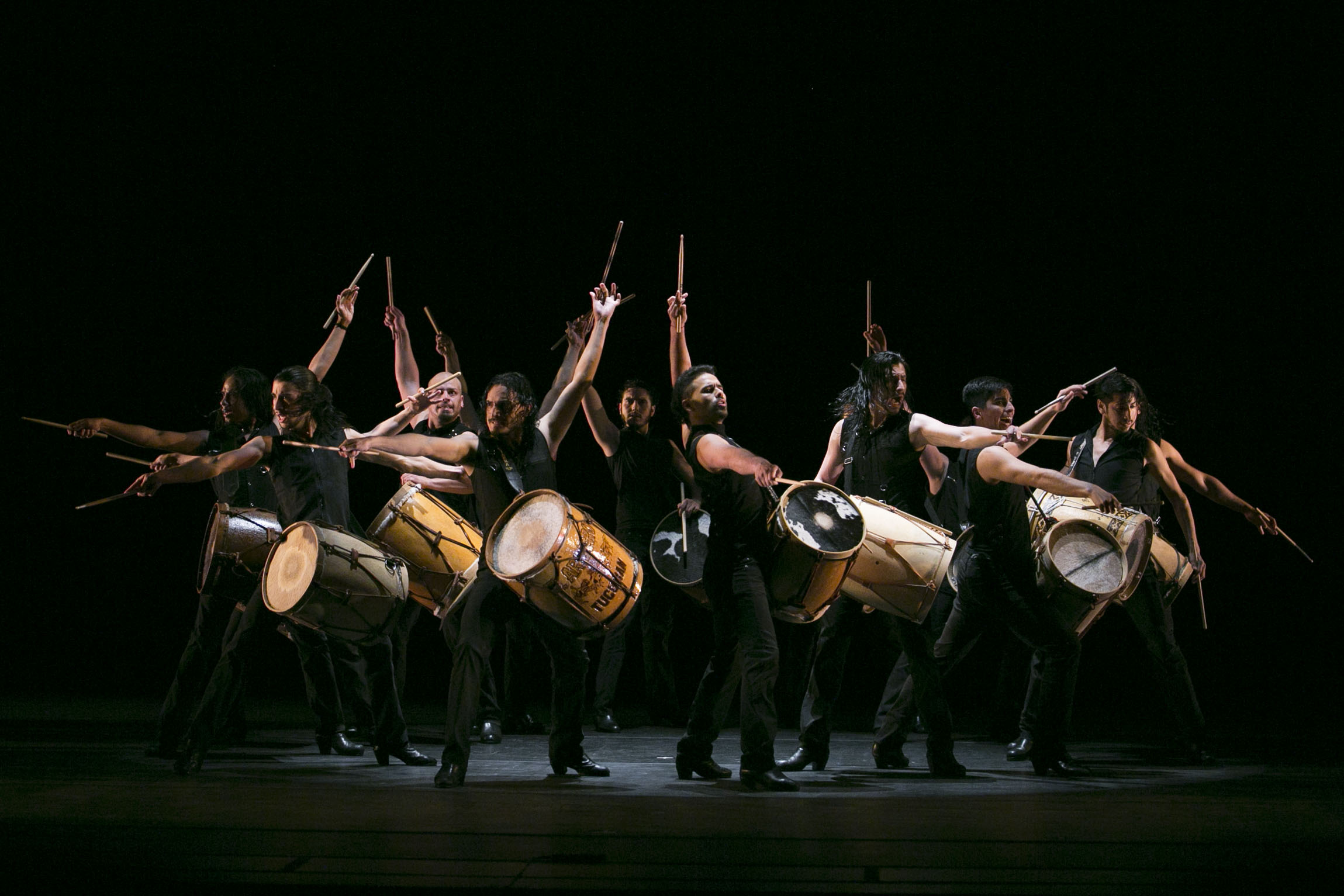The Boston Globe calls Che Malambo “dance with a power and passion that builds into a kind of ecstasy,” and the Lincoln Center is proud to present a rare chance to see this Argentinian cultural treasure April 13, 2017.
Through dance and song, Che Malambo tells the story of the South American gaucho — a migratory horseman or cowboy that was adept in cattle work. The dancers invoke the spirit of the gaucho which is synonymous with being noble, brave and generous but also skillful in subtle tricks.

No one quite knows the origins of malambo, aside from it being a unique step-dance that started in the 1600s in the heart of the Argentinian ranch country.
“The essence of malambo is rhythm,” says Gille Brinas, the founder of Che Malambo. “It’s the rhythm of his horse galloping across the Argentine pampas. It’s the beat of his heart in sync with the gait of his steed. Rhythm is the essence of the solitary gaucho. A lonely cowboy. No wife. No family. Living his life as a nomad. No home but for the back of his horse. He may not be aware of the rhythm of his life, but these are his constant companions.”
After a day of riding, the gaucho would congregate in payadas (meeting places) where they would imitate the sound of galloping across the plains with the rhythmic dancing of malambo. Some say it was a contest between the gauchos to see who was the best dancer, and others say it was a way to seduce women. Whichever it was, it has grown over the centuries into two distinct forms that convey the spirit of Argentinian history.The southern malambo reflects native dance that is considered to be softer and more mystical. Northern malambo is more brash, with its faster steps and strong strikes. Both will be on display at Che Malambo’s performance.
Experience the passion of Che Malambo April 13th at the Fort Collins Lincoln Center. Tickets start at $15.
